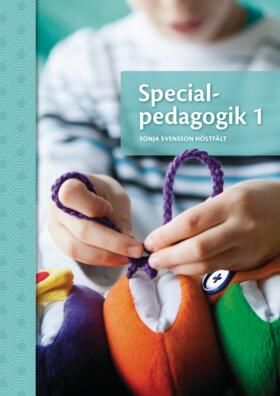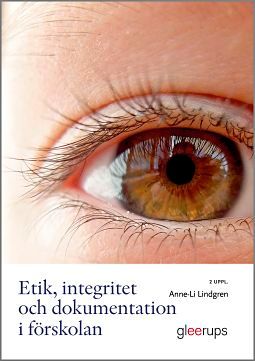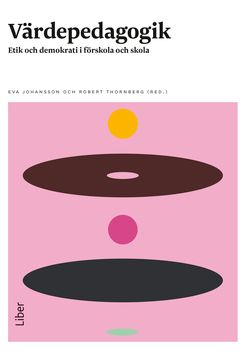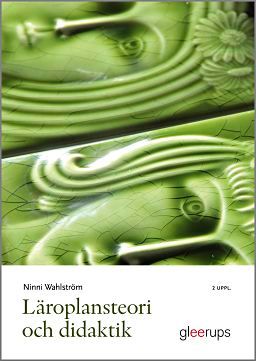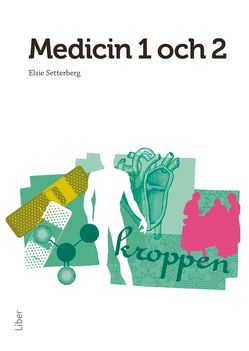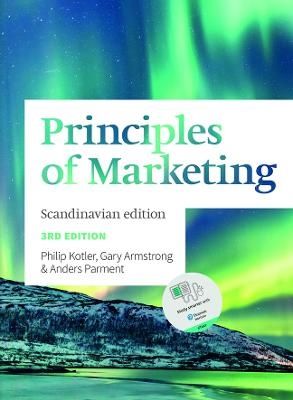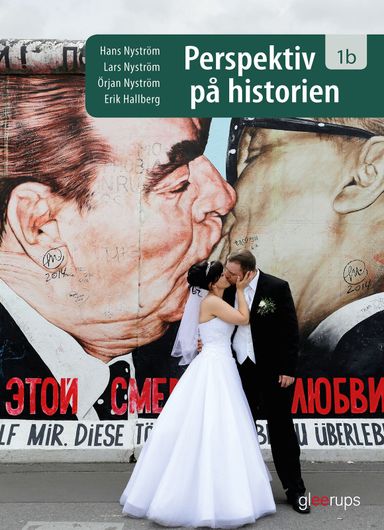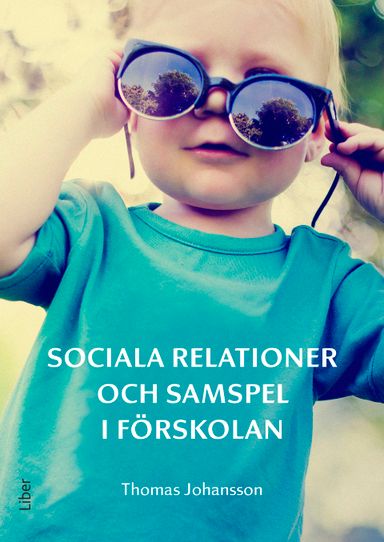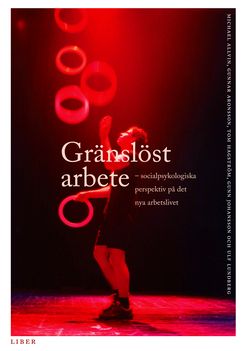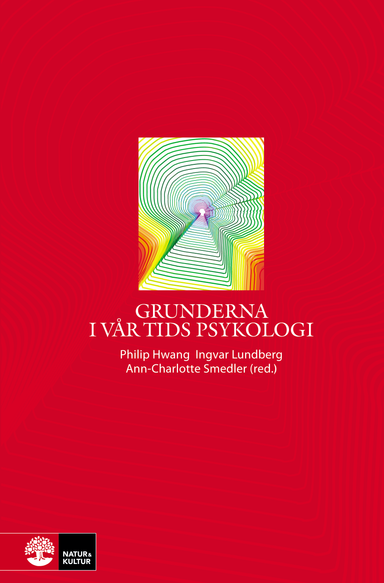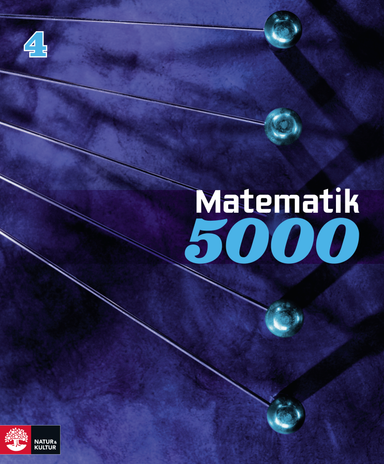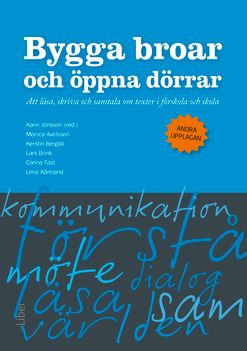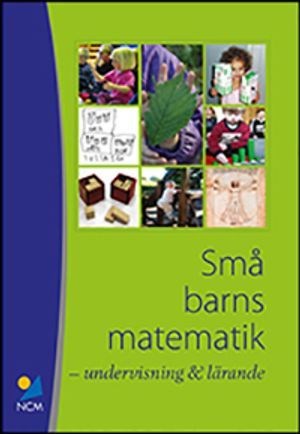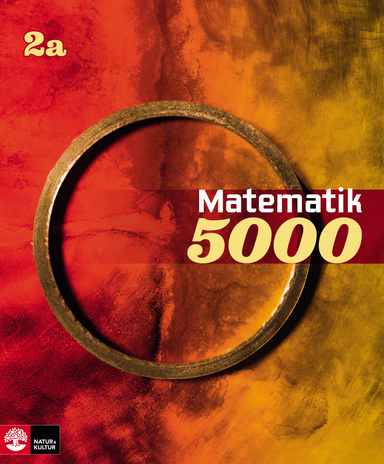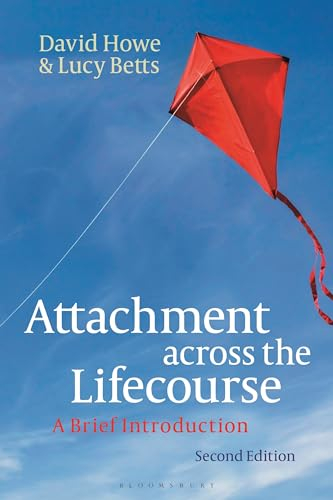

Attachment across the Lifecourse Upplaga 2
- Upplaga: 2a upplagan
- Utgiven: 2023
- ISBN: 9781350324657
- Sidor: 320 st
- Förlag: Bloomsbury Academic
- Format: Häftad
- Språk: Engelska
Om boken
This thought-provoking and illuminating guide will be a helpful companion for students and professionals across the fields of psychology, counselling, social work, and health. It explains the key concepts and describes how the main attachment types play out both in childhood and later life, and it identifies some of the intriguing questions being explored by research, such as: 'What part do individuals' attachment histories play in adult relationships?' and 'What scope is there for attachment styles established in infancy to change later in life?' Part I introduces the reader to the key conceptual components of modern attachment theory. Part II then covers the four main attachment patterns (secure, avoidant, ambivalent, and disorganised) that have been identified by attachment researchers. Each pattern is explored and examined as it plays out across the life course. The mental health, physical health and relationship issues associated with each pattern are also considered. Part III takes a step back and acknowledges some of the unresolved questions and controversies that continue to stimulate the theory. The second edition features a brand new chapter which considers the application of attachment theory across various settings, including forensic settings, child protection practice, and parenting interventions.
Åtkomstkoder och digitalt tilläggsmaterial garanteras inte med begagnade böcker
Mer om Attachment across the Lifecourse (2023)
I augusti 2023 släpptes boken Attachment across the Lifecourse skriven av David Howe, Lucy Betts. Det är den 2a upplagan av kursboken. Den är skriven på engelska och består av 320 sidor. Förlaget bakom boken är Bloomsbury Academic.
Köp boken Attachment across the Lifecourse på Studentapan och spara pengar.
Referera till Attachment across the Lifecourse (Upplaga 2)
Harvard
Howe, D. & Betts, L. (2023). Attachment across the Lifecourse. 2:a uppl. Bloomsbury Academic.
Oxford
Howe, David & Betts, Lucy, Attachment across the Lifecourse, 2 uppl. (Bloomsbury Academic, 2023).
APA
Howe, D., & Betts, L. (2023). Attachment across the Lifecourse (2:a uppl.). Bloomsbury Academic.
Vancouver
Howe D, Betts L. Attachment across the Lifecourse. 2:a uppl. Bloomsbury Academic; 2023.
